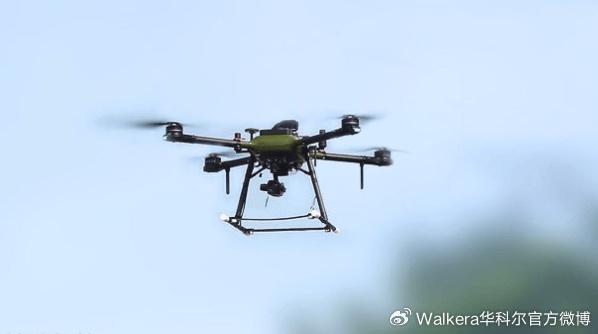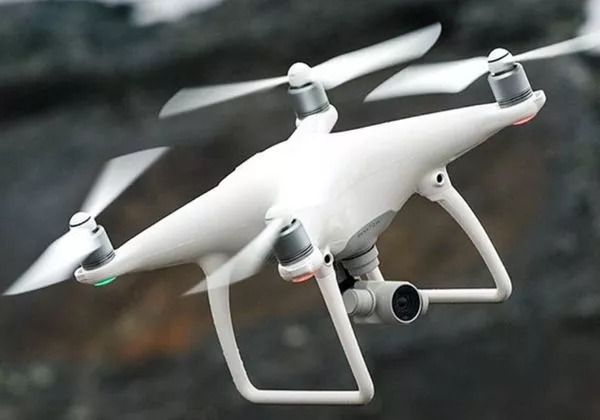In a significant escalation of defense tactics, Russia has reportedly neutralized 34 Ukrainian drones in the vicinity of Moscow. This development marks a pivotal moment in the ongoing geopolitical tensions between the two nations. The downing of these drones near Russia’s capital is not only a technological feat but also a strong signal of its military defense capabilities.
Strategic Implications
Unmanned aerial vehicles, or drones, have become quintessential in modern warfare, offering unparalleled reconnaissance and attack capabilities. The interception of these devices by Russia highlights the robustness of its air defense systems. Such an achievement suggests a formidable barrier against aerial threats, particularly from entities utilizing drone warfare technologies.
Technological Defense Advancements
Russia’s air defense systems are equipped with cutting-edge radar and missile technologies capable of locating and neutralizing airborne threats promptly. The event underscores the efficiency of these systems in identifying and responding to threats promptly. This capability is critical in protecting key strategic locations from potential adversaries.
In particular, systems such as the S-400 missile, renowned for its precision and reach, play a crucial role in ensuring Moscow’s security.
Ukraine’s Drone Strategy

Ukraine has leveraged drone technology as an integral part of its military strategy. Employing drones offers several strategic advantages, such as increased intelligence gathering and the capability of conducting remote operations with minimized risk to personnel. The drones’ proximity to Moscow reflects a bold strategy, indicating attempts to gather intelligence or even potentially test Russian defenses.
Yet, Russia’s successful downing of these drones might prompt a re-evaluation of Ukraine’s tactics, necessitating advancements in stealth technology or diversifying attack strategies to overcome Russian defenses.

Geopolitical Consequences
The drone incident adds to the tensions already prevalent due to ongoing conflicts and political disagreements between Russia and Ukraine. It raises questions about both nations’ military readiness and strategic intentions. Such events often evoke responses from international communities, potentially resulting in diplomatic maneuvers intended to ease tensions or, conversely, exacerbate them further.
While the interception reflects on Russia’s military prowess, it also places a spotlight on Ukraine’s technological and strategic ambitions. The balancing act between defense capabilities and strategic advancement continues amid a volatile geopolitical landscape.
Understanding and mitigating drone threats is an evolving challenge necessary for national security.
Frequently Asked Questions
Q: What makes drones an essential tool in modern warfare?
A: Drones provide several advantages, including real-time intelligence gathering, remote surveillance, and the ability to conduct operations without risking personnel.
Q: How does Russia’s defense system detect drones?
A: Russia employs advanced radar and missile technologies within systems like the S-400 to track and neutralize aerial threats effectively.
Q: Will Ukraine change its drone strategy?
A: Given the drones’ downing, Ukraine might need to refine its strategies, potentially focusing on stealth technology or alternate offensive measures.